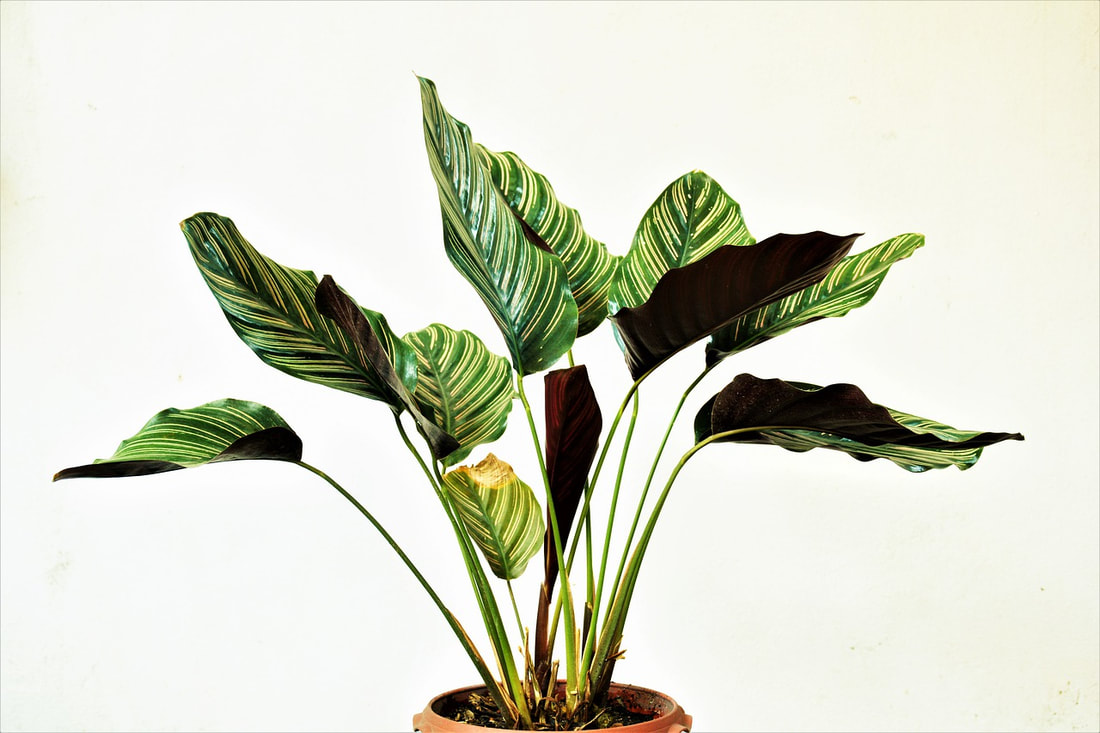|
By Joshua Yu As we students continue to adapt to the ever-changing lifestyle of school from home, we have been doing all that we can to stay sane. From sunrise hikes to socially-distanced picnics, immersing oneself in nature has remained the most widely utilized coping mechanism in our quarantined lives. But what if you could bring some of the benefits of the outdoors into your home and workspace? It is well-established that time spent outdoors improves mental health and overall well-being, but most people know little about the potential benefits of indoor plants. Research surrounding the psychological and biological impacts of house plants indicates that there are significant benefits of indoor foliage on productivity and mood. A study conducted in Japan examined the effects of looking at a small house plant for three minutes whenever the subject felt stressed during their workday. After taking pulse measurements and periodic survey results in tandem, the researchers found that anxiety scores decreased following this simple task, and pulse rates plummeted by an average of 27 percent. Because humans often associate nature with peace and relaxation, experts believe that an indoor plant can recreate aspects of low-stress situations. Furthermore, the presence of nature in mundane environments creates what psychologists call undirected attention. In contrast to the directed attention of staring at a Zoom call or working on a problem set, moments of undirected attention allows for the regions of your brain responsible for directed attention to pause and rest. Indoor plants have also been found to improve concentration for elementary-aged students. Researchers in Korea studied the brain waves associated with comfort and relaxation as students looked at live plants, artificial plants, a photograph of plants, and an empty planter box (which served as a control). They found significant evidence that the actual plants improved the student’s mood and may also improve attention spans. The presence of such foliage is also positively correlated with the well-being of hospital patients. Post-surgery patients in recovery rooms with indoor plants reported having “lower systolic blood pressure, and lower ratings of pain, anxiety, and fatigue than patients in the control room.” Contrary to popular belief, it is unlikely that your indoor plants significantly improve your air quality. A widely-cited study published by NASA in 1989 indicated that houseplants could reduce high concentrations of pollutants, including smoke. However, Drexel professor Dr. Michael Waring points out that the experiments conducted by NASA were in closed environments in an effort to find an efficient filtration system for spacecraft, not your home office. Waring also claims that it would take 1,000 indoor plants to effectively filtrate a small room of 10 feet by 10 feet. Regardless, the psychological benefits remain. House plants can boost worker productivity as well. A paper published in 2014 reported that British and Dutch workplaces with live, green foliage had a 15 percent increase in workplace productivity and experienced spikes in employee satisfaction. Strikingly, a study conducted by the University of Oregon determined that 10 percent of U.S. sick days can be attributed to Sick Building Syndrome (SBS), which causes employees to suffer symptoms of illness or chronic disease due to their physical working environment. The researchers came to the conclusion that the absence of natural light and indoor plants plays an important role in the development of SBS. Though we may think we can see the light at the end of this tunnel of this pandemic, we still ought to make the most of the time before we adopt a new sense of “normalcy.” This begins with making our living spaces and workspaces as productive and stress relieving as possible.
2 Comments
2/2/2021 06:58:21 pm
Tip: Not all plants will love to live in your workplace – you need to consider restrictions such as the availability of daylight, and how often they can and will be watered. Those that will thrive in workplaces include succulents (which include aloe and cacti), rubber plants and peace lilies.
Reply
11/4/2021 03:08:29 am
Great article! Analyses into the reasons why plants are beneficial suggests that a green office increases employees' work engagement by making them more physically, cognitively, and emotionally involved in their work.
Reply
Leave a Reply. |
Categories
All
Archives
April 2024
|

